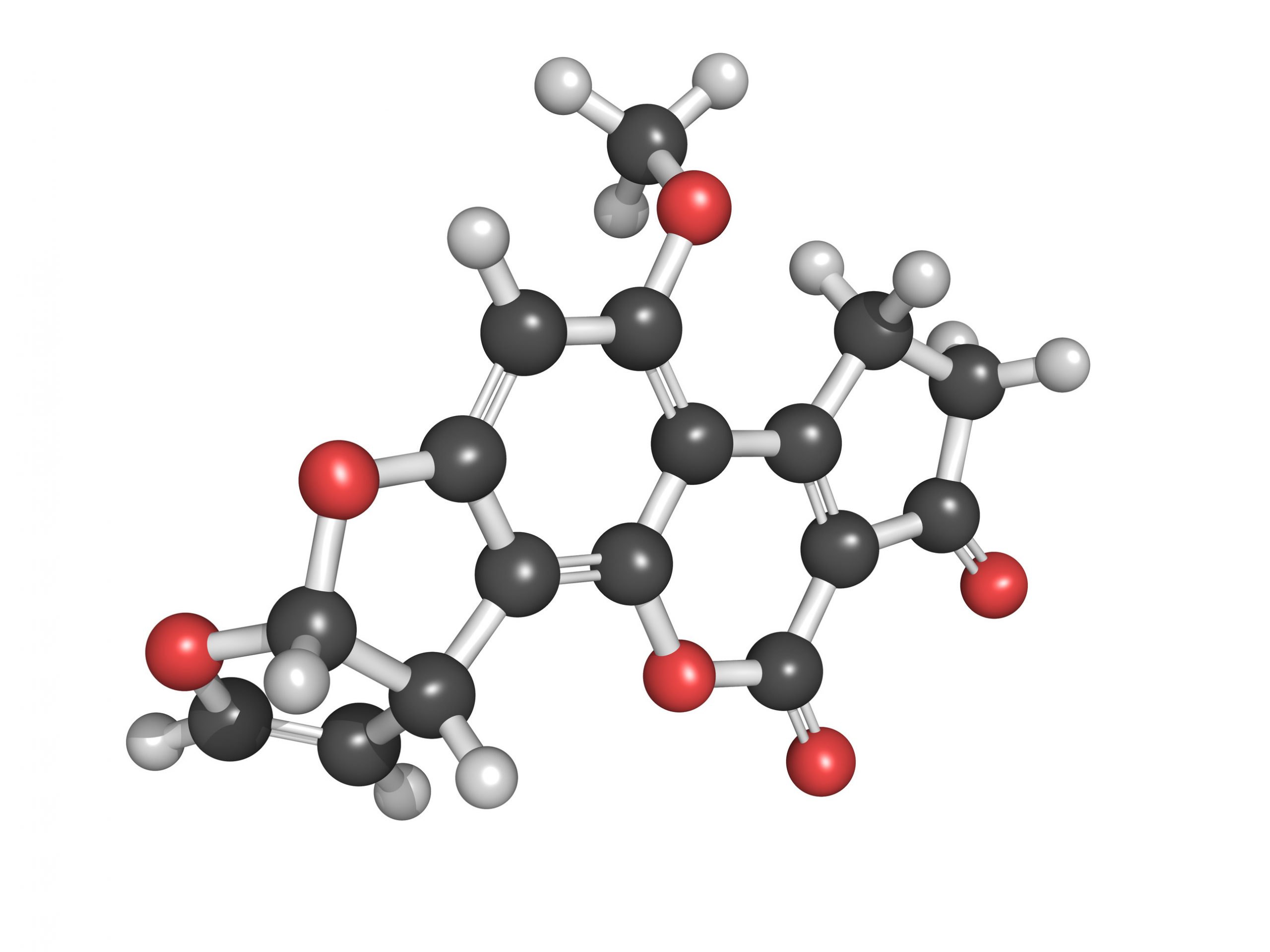Novel analytical methods for 8 types of mycotoxins

Detection methods for mycotoxins get better each year. Among multi-contaminant methods, a shift from broad scope methods covering hundreds of contaminants to ‘dedicated’ methods covering a narrower range of contaminants for a specific scope or matrix can be seen.
This is stated in a review by Franz Berthiller and others, who summarised developments in the determination of mycotoxins over a period between mid-2016 and mid-2017. The authors reviews the analytical methods to determine aflatoxins, Alternaria toxins, ergot alkaloids, fumonisins, ochratoxins, patulin, trichothecenes and zearalenone.
Join the All About Feed interactive webinar on mycotoxins on March 13. Join here (it’s free).
The primary purpose of the review is to raise awareness of the developments and advances in analytical methods for mycotoxins, derived from articles published the selected period.
Below, we list some of the recent developments and trends (papers) in mycotoxin determination per mycotoxin.
 Aflatoxins
Aflatoxins
- One of the papers concerns the simultaneous determination of AFB1 and sterigmatocystin (STE) (Zhao et al., 2017).
- An LC-MS method for some pesticides was tailored to be also suitable for AFM1 determination (Michlig et al., 2016).
- Chu et al. (2017) used hyperspectral spectroscopy to identify individual contaminated maize kernels.
- Sieger et al. (2017) demonstrated the use of infrared laser spectroscopy to classify peanuts as compliant or non-compliant for levels of AFB1 (in addition to cereals for DON).
- Yang et al. (2017) reported on an optimised ultrasonicassisted extraction of AFB1 from peanuts with response surface methodology.
 Alternaria toxins
Alternaria toxins
- Extraction and clean-up strategies as well as the sensitivity of each method for the tested toxins were reported by Man et al., 2017a.
 Ergot alkaloids
Ergot alkaloids
- Although not directly related to analysis, a key publication about ergot alkaloids last year was the EFSA Scientific Report on human and animal dietary exposure to ergot alkaloids (EFSA et al., 2017).
- A detection and quantification method using near-infrared (NIR) hyperspectral imaging to measure particles of ergot bodies in cereal flour was published by Vermeulen et al. (2017).
- Oellig (2017) reported a screening method using lysergic acid amide (LSA) as a chemical marker for the determination of total ergot alkaloids in rye.
 Fumonisins
Fumonisins
- A multi-toxin LC-MS/MS method using stable isotope standards was applied to the determination of ‘free’ and ‘hidden/bound’ fumonisins in maize products (Andrade et al., 2017).
- A single laboratory validation of another LC-MS/MS method was reported for fumonisins in maize, popcorn kernels, white maize kernels, and yellow maize grits (De Oliveira et al., 2017).
- Recently, several assays using such materials were developed, all of which were based on electrochemical detection. The first of these (Wang et al., 2017a) used a fumonisin aptamer immobilised onto silica particles attached to quantum dots (QDs) containing CdTe.
- In the past year, the applications of 2 commercial antibody-based multi-toxin biosensors were reported (Bánáti et al., 2017; Plotan et al., 2016).
Keep up to date: Find out here all you need to know about mycotoxins, regulations for mycotoxins and much more!
 Ochratoxins
Ochratoxins
- The applicability of biosensors with focus on OTA detection has been reviewed by Badie Bostan et al. (2017).
- For screening in wheat for instance, Liu et al. (2017a) developed a method where no significant matrix interferences were observed and OTA could be quantified at levels down to 0.5 µg/kg with RSDs between 4.8 and 6.2%.
- Regarding ELISAs, steps towards miniaturised, disposable biosensors were made by Karczmarczyk et al. (2017) who developed a competitive ELISA utilising a disposable electrochemical biosensor for the indirect detection of OTA.
- Senthilkumar et al. (2017) published an initial study for screening of contaminated grain for OTA as well as OTAproducing Penicillium verrucosum strains using near-infrared light (NIR).
 Patulin
Patulin
- Li et al. (2017b) summarised mainly methods for Patulin (PAT) analysis published over the past decade, including the highly reproducible chromatography and mass-spectrometry-based methods, highly selective sensor based methods and indirect quantitative PCR methods and promising features of novel materials.
- Ioi et al. (2017) gave an in-depth survey review of novel methods to remove and detoxify PAT including non-thermal processing techniques such as high hydrostatic pressure, UV radiation, enzymatic degradation, binding to micro-organisms, and chemical degradation.
- Zhang et al. (2017b) presented an optical method for determination of PAT in apple juice based on MIPs capped Mn-doped ZnS QDs.
 Trichothecenes
Trichothecenes
- 3 papers discussed novel methods where LC-MS was employed for separation and detection.
- In two other publications, methods employing separation by LC coupled with ‘conventional’ detectors were introduced. For example, Xu et al. (2016) published the simultaneous determination of DON and its acetylated derivatives in wheat flour and rice by UHPLC chromatography coupled with photo diode array detection detection (200-500 nm).
 Zearalenone
Zearalenone
- The vast majority of newly published analytical methods for the determination of ZEA in food and feed continue to be based on LC-MS(/MS) multi-toxin methods.
- Three publications describe the quantification of estrogenic compounds, including ZEA and its metabolites, in milk products using chromatographic methods. In total 22 analytes (8 phytoestrogens, 4 synthetic and 4 natural estrogens, as well as ZEA, α-ZOL, β-ZOL, ZAN, α-ZAL and β-ZAL) were extracted using QuEChERS from different dairy products and measured by UHPLC-ESI-MS/ MS (Socas-Rodriguez, 2017a).
- A novel chemiluminescence immune-affinity 96 spots monolith array was developed to detect ZEA, DON, T-2 and FB1 in maize samples (Li et al., 2016).
The (open access) paper is published in the most recent edition of the World Mycotoxin Journal. The full review can be read here.











